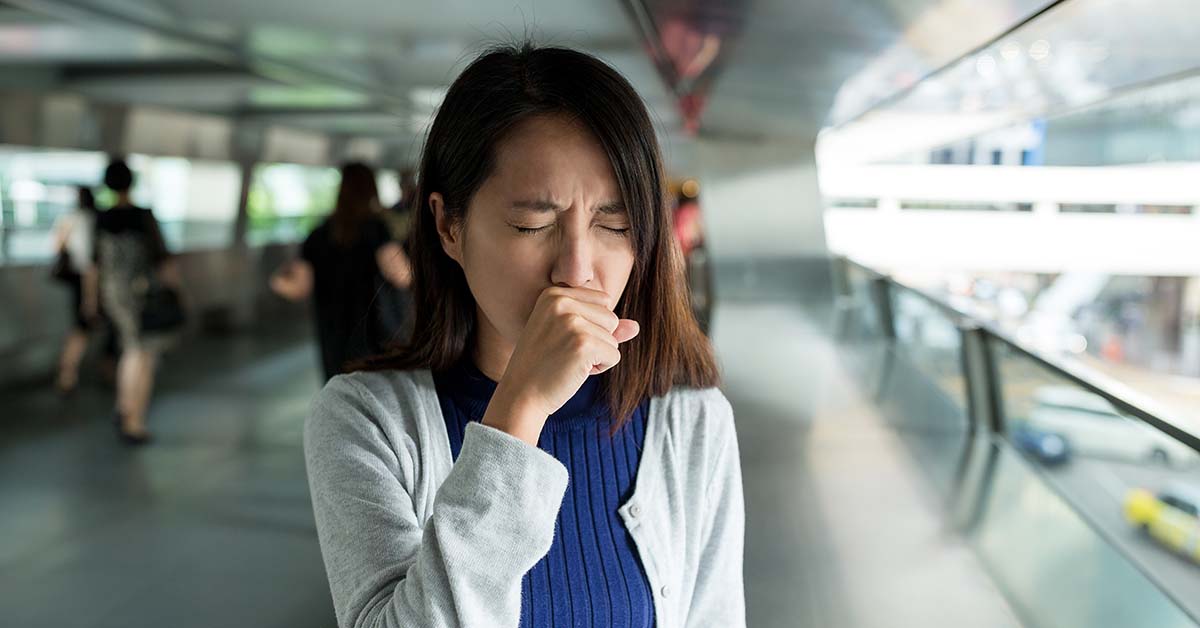Building owners and developers aim for Green Mark certification not only to differentiate their buildings from the rest in the real estate market, but also as a benchmark and testament that they have the measures to protect the wellbeing and health of people working in the building. One of the qualifying criteria for a building to be certified Green Mark is indoor air quality. The management of indoor pollutants is a factor that has a heavy weightage upon this criterion. One of the pollutants that assessors test indoor air quality for is formaldehyde. Herein lies the importance of formaldehyde removal for Green Mark certification.
What Is Formaldehyde And How Does It Impact Our Health?
Formaldehyde is a compound used for the production of gels, glues, resins and coatings used as part of many household materials. Common of formaldehyde in household items include air fresheners, cleaning products containing terpenes, cigarettes, nail polish and nail polish removers, carpets and wooden furniture.
Formaldehyde is highly volatile and will easily transform into gaseous form. It thus escapes from the household materials and spreads across the building to different rooms via, for instance, air ducts and ventilation systems. Formaldehyde together with a number of other chemicals are collectively known as volatile organic compounds (VOCs). VOCs are in turn frequently associated with Sick Building Syndrome (SBS).
What are the potential adverse health impacts that make it important to remove formaldehyde from indoor air?
Short Term Health Impact Of Formaldehyde And VOC Exposure
According to the National Environmental Agency, exposure to formaldehyde and other VOCs may cause dry/watery eyes, headache, nausea, cough, breathlessness, tiredness, insomnia, and respiratory and skin irritations.
Long Term Health Impact Of Formaldehyde And VOC Exposure
Longer term exposure to formaldehyde and VOCs may cause damage to the liver, lung, kidney, and the central nervous system. It may also increase the risk of contracting cancer. Formaldehyde is classifed as a carcinogen by the International Agency for Research on Cancer (IARC), among others.
How To Remove Formaldehyde From Indoor Air?
To start, building / house owners and developers can strive towards reducing the amount of formaldehyde in indoor environments via selection of “exterior-grade” pressed-wood products as these contain phenol resins rather than urea resins (which emit more formaldehyde). In residential homes, formaldehyde levels can also be reduced by ensuring adequate ventilation, reducing temperatures and humidity levels through the use of air conditioners and dehumidifiers. Usage of air purifiers that are capable of filtering harmful gases such as formaldehyde is also an option, both in the context of residential homes and for non-residential premises such as schools and businesses.
Further Reading On Indoor Air Quality
Protect against cancer, cardiovascular disease, and other chronic diseases with regular health screening. Compare and shop for health screenings from Singapore and regional healthcare providers at a single convenient platform - shop.health365.sg
This article is informative only and is not intended to be a substitute for professional medical advice, diagnosis, or treatment, and should never be relied upon for specific medical advice.






